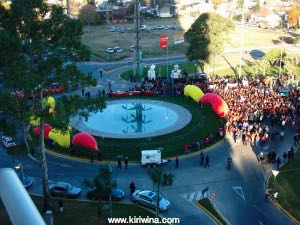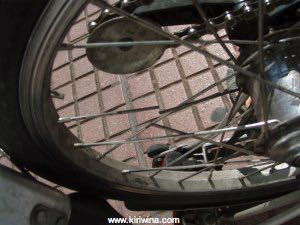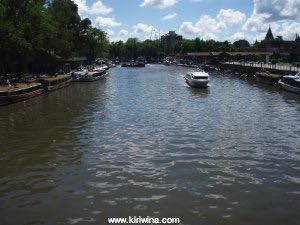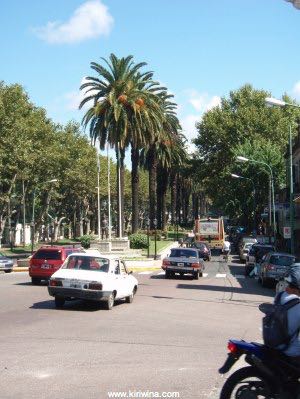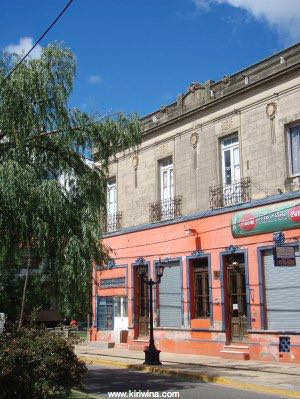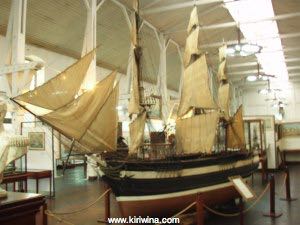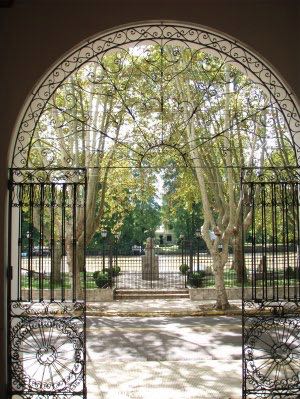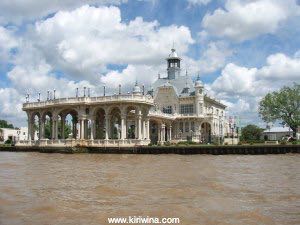Tigre to Carmelo
They operate high speed catamarans and our route took us via Rio Lujan, Canal Vinculacion, Rio Urión, Rio Parana, Canal del Barca Grade, between Islas Lucia and Oyavide into the upper Rio de La Plata and on to Carmelo. Return Cost Arg$157 (£26.50) return.
Moorings along the bank of Arroyo de las Vacas in Carmelo. In another month or so these moorings will be packed with Argentine boats.
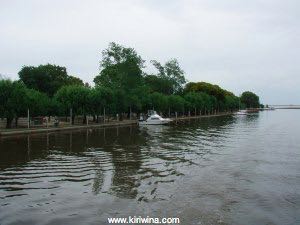
More empty moorings and the Hydrografica office.
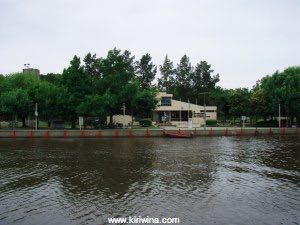
Mooring is normally bow anchor down and stern to quay.
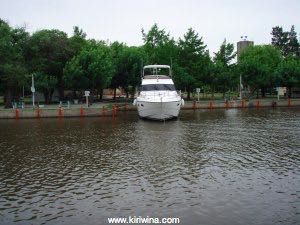
Bridge deck on our Cacciola catamaran.
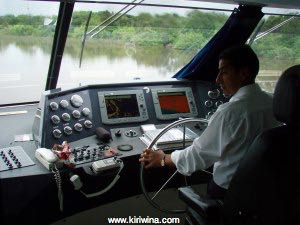
Nancy on Avenida Wilson Ferreira near the ferry terminal.
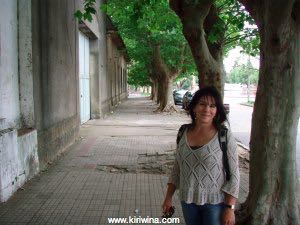
Pedestrian route along Arroyo de las Vacas.
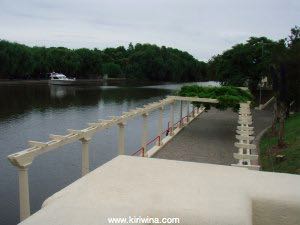
Interesting houses along the road to Playa Seré on the south side of Arroyo de las Vacas.
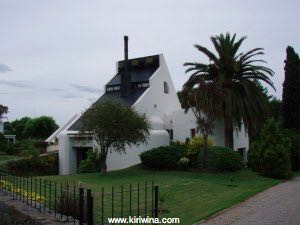
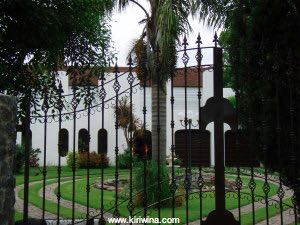
The skipper near Reserva de Fauna (didn't see any) on the road to Playa Seré.
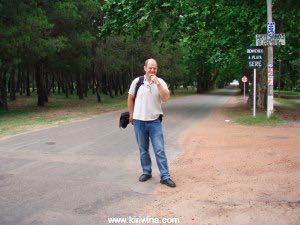
Playa Seré
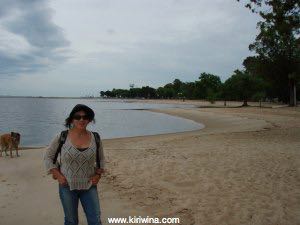
Entance to Carmelo harbour from Rio de la Plata.
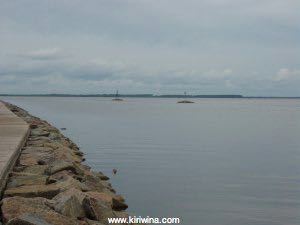
Welcome to Carmelo.
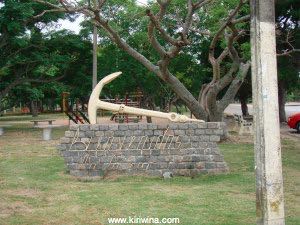
Lunchtime refreshment. This is not locally controlled company. It is owned by the mega conglomerate ABInbev.
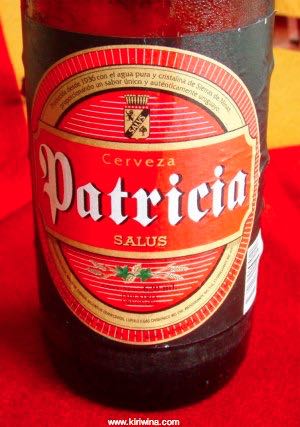
Playa Seré with Rio de la Plata beyond.
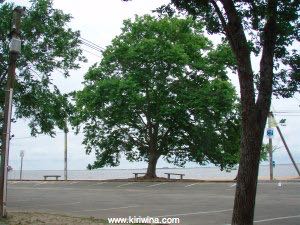
Hidrografia facilities adjacent to the yacht moorings.
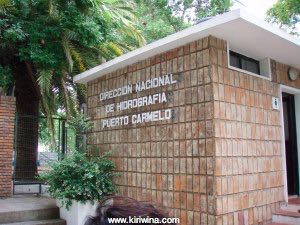
The first rotating bridge in Uruguay. Built in Germany and erected here in 1912.

We didn't see it open but this photo shows the bridge open to allow river traffic.
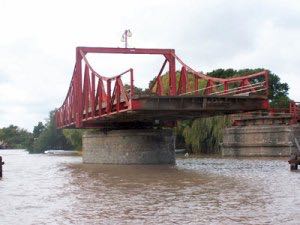
An old steam crane built by Grafton and Co of Bedford.
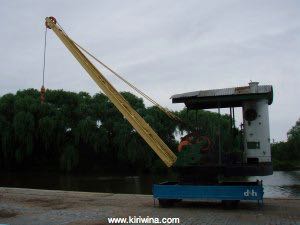
While looking around for some information about this company I found an interesting article on NZR Cranes.org. It is worth quoting.
Grafton & Co (Bedford)
Alexander Grafton (1845-1807) was articled in Paris before joining Appleby Bros. in 1867. He remained with the firm until 1879 during which time he spent 4 years in Egypt in charge of their work with the Sudan Railway and other contracts, and rising to assistant manager. He then spent more time in Paris before returning to London to set up his own firm, which was known from 1883 as Grafton &Co.
The company supplied a wide range of iron work including building framing, gasworks materials and locomotive spare parts, as well as contractors cranes, both hand and steam. Initially these were purchased in batches from Jessops of Leicester (later Jessop & Appleby Bros.) and resold either as standard or with customer specified extras. After Grafton entered partnership with C.Q.Henriques (a Frenchman) the company became an independent producer. The Vulcan Works were developed at a large site at Bedford with a LNWR connection in 1886.
Grafton had been granted a patent in 1882 for a loose race slewing gear with a conical seat. Patterning a new design on the Leicester produced 'Tilbury' crane included derricking and travelling functions (although these were later added by Jessops), and incorporating the patent slewing gear, this became the basis for what was known as the 'London' type crane. The crane had a short centre pin and horizontal engines, allowing a low centre of gravity. Brownlie notes that Grafton had the design perfected almost immediately and only minor details were added over time. The importance of this becomes clear when it is realised that manufacture continued into the 1960's.
The other important facet of the Grafton & Co. manufacturing was the use of standard sizing. At a time when many cranes were produced on a one off basis, Grafton produced five standard sizes in the 2 to 10 ton range. Castings were standardised and gearings were at standard centres, meaning only a few mechanical parts needed to be adjusted to suit customer requirements. Crane carriages were produced in a range of widths to meet gauge requirements. Any special contracts required little revision of drawing work and some extra machining. The foundry work was alsosystematic, with castings produced in batches and marked for model and size (very useful when spares were ordered). Because the company concentrated on sizes that were in demand it was able to keep one or two standard cranes in preparation allowing a fast response to customers. The company had also rigorously tested its cranes, noting engine and hoisting speeds for a variety of loads, derricking times and other useful details for customers, down to coal consumption.
Grafton cranes were put to a variety of uses. As well as industrial, many were used for docks and wharves, and there were also railway customers. The latter were primarily for permanent way work. As well as UK railways export markets included Scandinavia and Argentina. One crane is known to have come to New Zealand, being imported by the New Zealand Midland Railway.
After Alexander Grafton's death in 1907, control of the company passed to his nephews. Although some development work continued (using new materials such as phospher-bronze and steel changing from chain to wire rope, and converting to new power units) business began to reduce in the post WWII period as railway and shipping demands changed. The company had little business after 1960, and follwing the death of one of the nephews in 1963 dissent amongst the family saw the Vulcan Works close. The assets and goodwill of the company was transferred to Taylor & Hubbard who maintained a parts service for Grafton cranes. The UK's Historical Manuscripts Commission holds records for Taylor & Hubbard up to 1981, but I do not know what has become of the company since.
Other examples of Grafton products in South America can be found here.
Uruguayan flag on an our Cacciola ferry.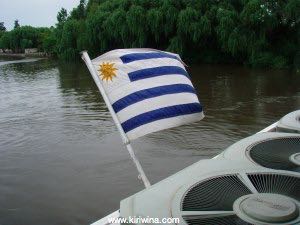
Returning via Canal Vinculacion work was in progress on a very large new housing/mooring development. 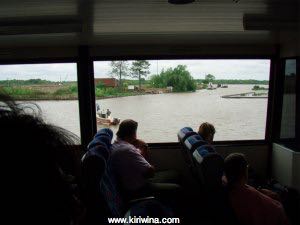
Along the Rio Lujan old ships are not scrapped. They are run into the bank and allowed to rust away (slowly).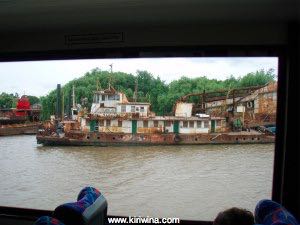 .
.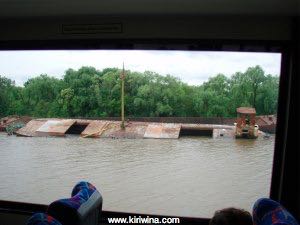
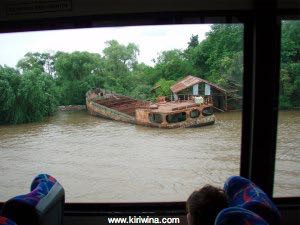
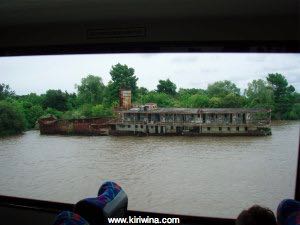
Prefectura Z28 Class WPB Patrol Boat "Madryn" based in Tigre. Built by Blohm & Voss 20 of these boats entered service in Argentina between 1979 and 1980.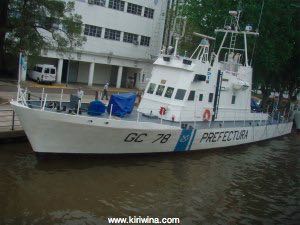
A Tigre built Cacciola catamaran ferry of the type we were travelling on.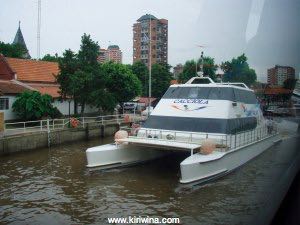
The international ferry terminal at Tigre.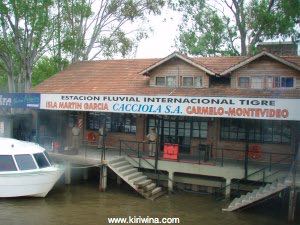
With very, very careful attention to water levels it would be possible for Kiriwina to do this trip.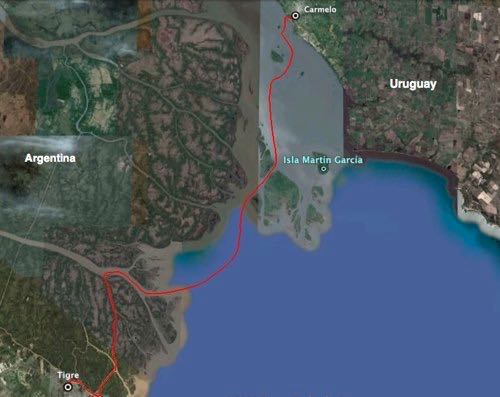
TBC Day in the Delta
TBC had another outing in the Delta today but the weather looked a bit dodgy.
Boat preparation on the ramp at TBC.
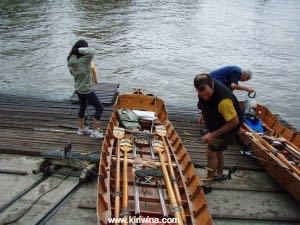
Nancy and I shared a 3 seater with Sylvina who was relatively new to rowing. Ten minutes after leaving the ramp the heavens opened as a series of thunderstorms passed through. Sylvina was not too happy with the conditions so we dropped her off and continued with the rudder shipped but without anyone steering. Not a good idea.
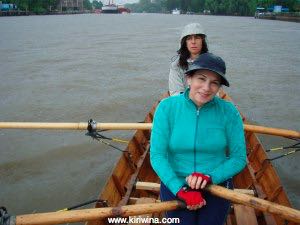
It continued to rain heavily with the boat pulling substantially to port. Our course was an erratic dogs leg.
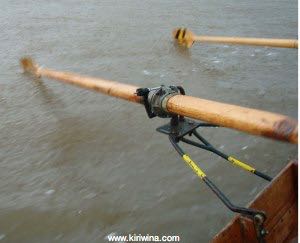
Just into Rio Espera we were surprised to find this ocean going german yacht "Carioca" moored alongside a swiss owned delta cottage. Must be plenty of water although one would need to keep a close eye on overhanging trees.
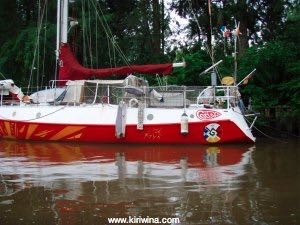
We arrived for lunch, some way up the Rio Espera, soaking wet and after a two hour break returned in record time (for us) to TBC. This time we unshipped the rudder, as advised, and generally kept a very good course at a rapid pace.
Nancy back at the club with new mascot and boat.
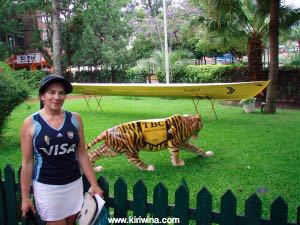
Asado and Departure Preparation
Some very tame birds came to feed.

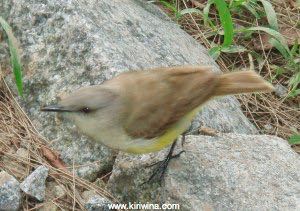
Excellent Argentine wine with delicious meat cooked slowly and carefully.
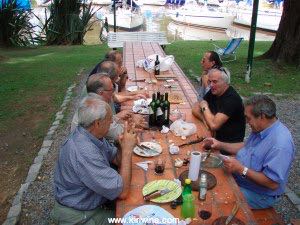
Afterwards I went back to CNV to prepare for departure on Sunday. Today the water was at its highest for quite some time.
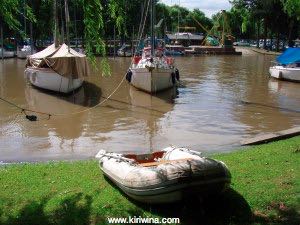
My dinghy had picked up quite a bit of fouling since I last washed it in August. In Brazil it would pick up more than this in a week or two.
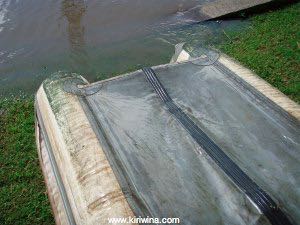
While scrubbing away I noticed a club launch arrive with a prefectura officer who set about photographing my boat. He took some photos and went away without saying anything to me.
Meantime the water level rose over the retaining wall and onto the lawn.
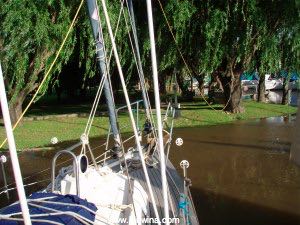
Last year Kiriwina spent a lot of time at anchor in Brazil. Today when cleaning the anchor cable I was puzzled by differences in deterioration levels over the length of the chain.
My conclusion was that the section at left was on the bottom but not dragged about very much. Second from left, in the worst condition, was a section that would have been on the bottom and dragged about a lot. The third section was in the water but usually not on the bottom and the cleanest section at right was rarely in the water.
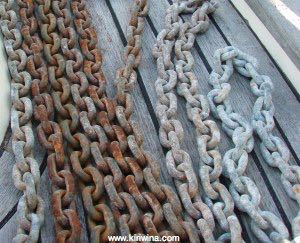
On the way back to Tigre calle Dardo Rocho was flooded for several hundred metres. Apparently, the cause was high water levels causing some storm drains to backup.
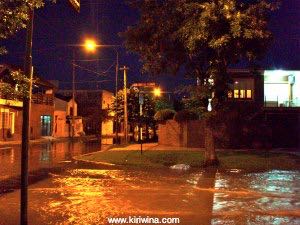
Sunken Yacht
Back in the spring we noticed an old motor/sailing yacht moored there with the owner working on restoring her.
Some weeks later in July she had sunk, was listing to starboard and appeared to be abandoned.
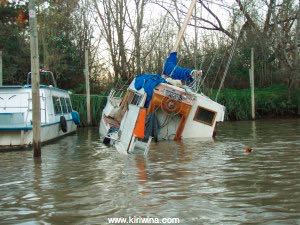
Each time we passed her condition had worsened. A lot of gear and fittings including sails and boom had been removed and the starboard outer shroud had broken.
Then in November a salvage operation appeared to have started. Two men were working on her and appeared to be using blue barrels in an attempt to float her. She was upright and the broken shroud had been repaired.
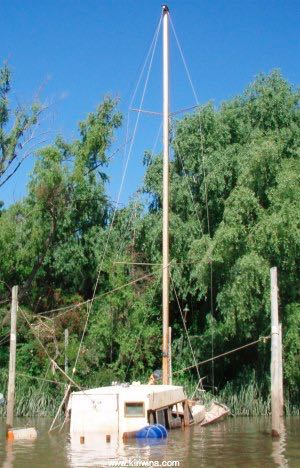
Today, sadly, no further progress had been made. The tide was higher with the cabin almost completely submerged.
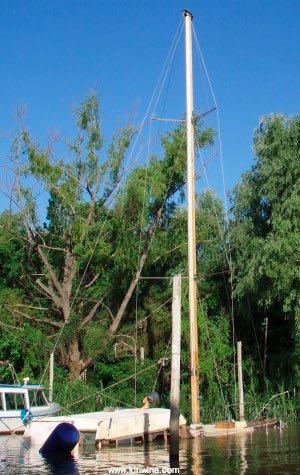
Tigre Delta
This beautiful motor cruiser passed us with Sarmiento's cottage in the background.
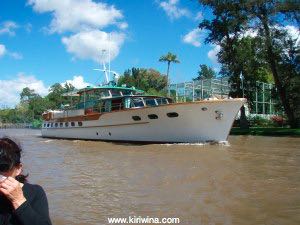
Australian style cottages with wide verandas.
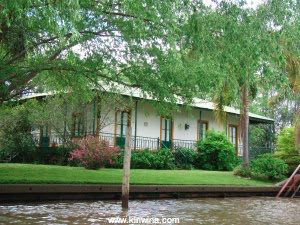
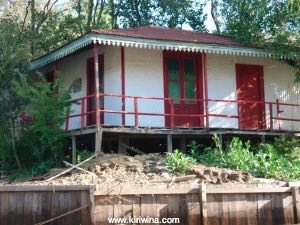
We were late starting and were the last to arrive for lunch at Guacamayo.
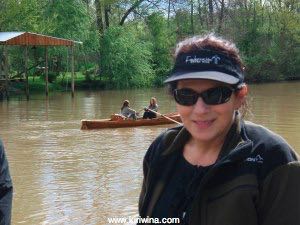
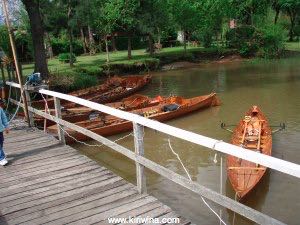
We also missed the photo op but more are posted here.
Tigre Delta - Rowing
This week we wandered down a small tributary and found an abandoned house. The dock and lot showed some signs of attention. Perhaps a demolition/rebuild.
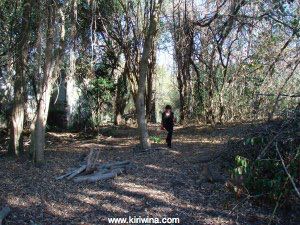
I reckon the house is at least 100 years old.
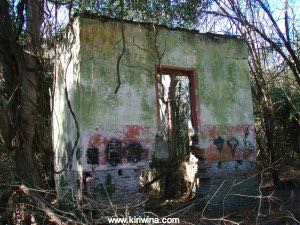
Note raised foundations to allow for flooding.
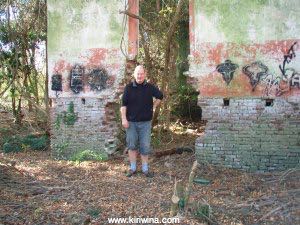
Restored dock with the water level very low.
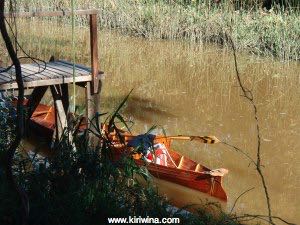
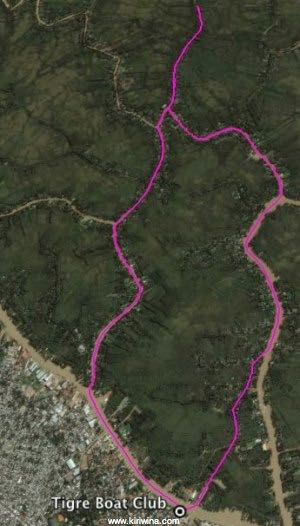
Delta Excursion -TBC
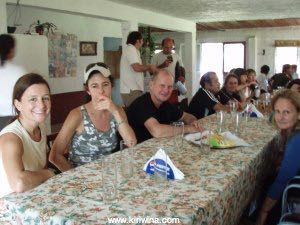
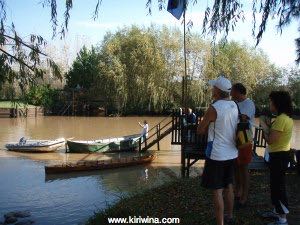
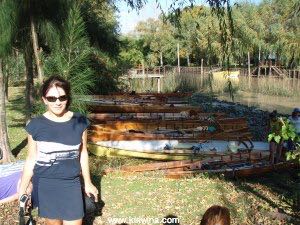
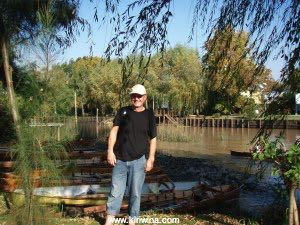
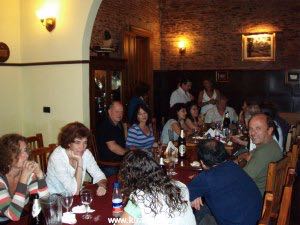
http://picasaweb.google.com/tigreboatclub.fotos/SalidaEnBote23DeMayoDel2009#5340574225386053586
Delta Rowing Trip
After 14km of rowing I had lunch at the Alpenhaus restaurant. An Austrian restaurant with some rooms tucked away in the middle of the delta.
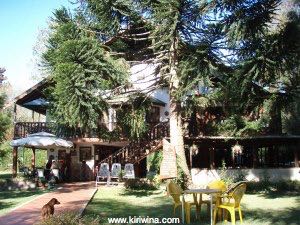
Sadly the restaurant charged like wounded bulls for not a lot of food. The location was lovely though.
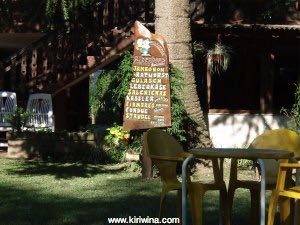
They just had to have one of these.

View from our table.
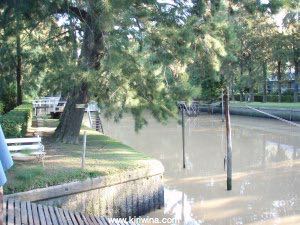
This path ran through the grounds but I never saw the bridge.
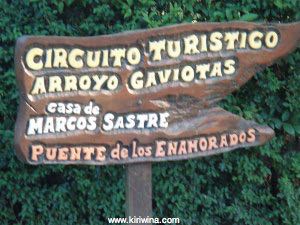
The rowing boat. They are quite fast if one gets the rowing technique right but are a tad unstable so care is needed when moving about the boat. Generally traffic in the delta slows for rowing boats but not always. With a heavy wash, particularly in shallow water, they can ship a lot of water quite quickly.
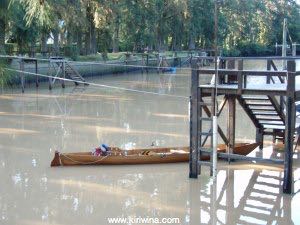
The route covered 24km and took about 7.5 hours with a lunch stop.
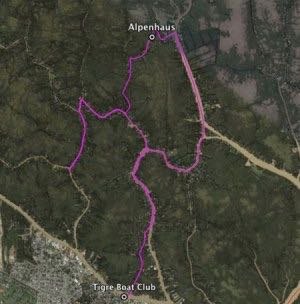
More Berth Hunting
My Suzuki 2.2hp completed the round trip of about 12km but not without the old problem of refusing to run properly when hot. We got back though. After the motor was restarted it would splutter along for 5 or ten minutes and then start to run normally albeit with reduced power.
Success this time with a tranquil little Club Nautico on the opposite of the Rio Lujan about half way between Tigre and San Fernando.
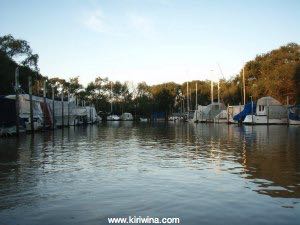
Rowing in the Tigre Delta
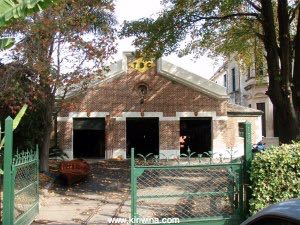
I've done a lot of rowing over the years but never in a boat like this. The oars are very long with the handles overlapping. Technique is everything and I had little of it. Things got a bit tangled up at times but after a few hours I improved a bit. Much more practice is needed.
These boats are surprisingly fast and are a tranquil way to wander about the smaller waterways in the delta which are quite lovely in places. On the larger waterways one is frequently passed by fast boats which usually, but not always, slow down. Either way it is necessary to stop rowing and feather the oars until the wash subsides.
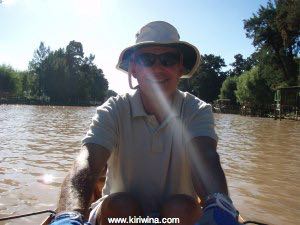
Passing Sarmiento's house, again.
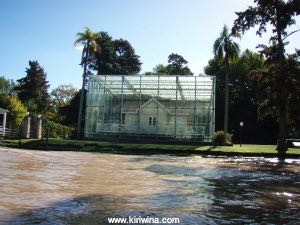
Berth Hunting - Tigre
We cycled up to Tigre where Gilles had heard there were reasonably priced moorings available. One small problem emerged when we got there. The moorings were on the other side of the river and it was not immediately apparent how to get there.
Just near the Italian Rowing Club
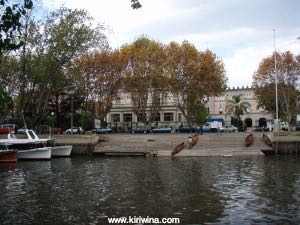
There was a small dock used by locals to moor their boats while on shopping trips. Gilles talked one of them into taking us across. With a large amount of mission creep this turned into ferrying us around for about two hours.
First stop was Tigre Sailing Club across the Rio Lujan from Tigre and quite exposed to wash. I didn't like the look of it although four French ocean going yachts were moored there. The facilities seemed basic and a good deal of wash entered the moorings causing boats move about quite violently.
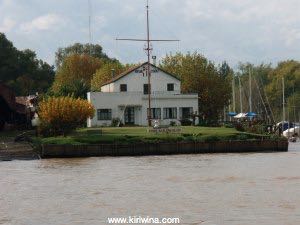
Our ferryman, Alfredo, had to go home to drop off his shopping. This took us into small tranquil waterways off the day trip routes and very secluded.
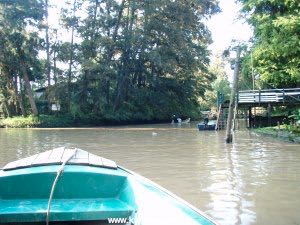
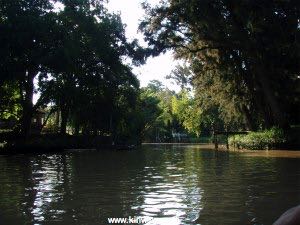
Alfredo's house in the delta...
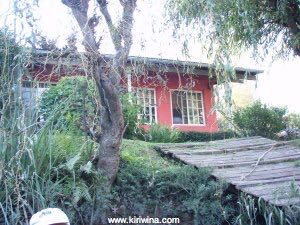
...and his dock.
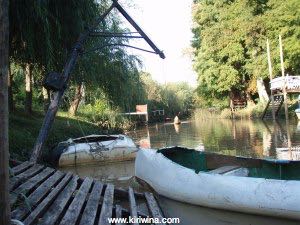
Not quite sure what this is. Some sort of house I think.
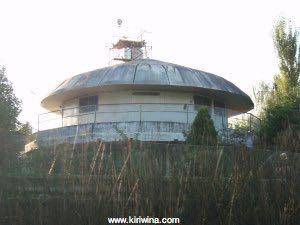
Rio Sarmiento
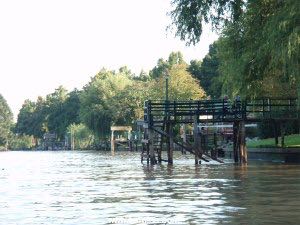
A private beach on Rio Sarmiento.
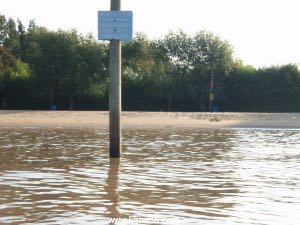
Next stop was Amarras Marugo at the junction of Rios Sarmiento and Lujan. This was a nice sheltered spot. Unfortunately they were full but a new boat yard for shore storage and repairs was under construction.
Then we went back out into the Rio Lujan and on to Club Nautico Cinave. A large sheltered facility and reportedly cheap. The facilities appeared very basic and the water, particularly further inside, was very very dirty. Not a place I would want to stay for too long but possibly OK to leave the boat and travel.
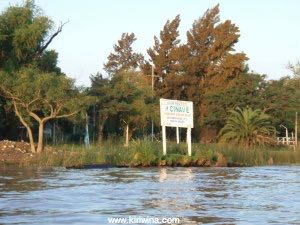
Nothing firm was arranged but Gilles came away with two possibilities. Alfredo dropped us off and refused any payment. Thanks Alfredo.
Broken Spoke
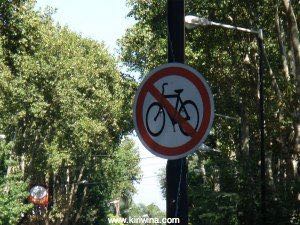
Unsure whether it meant don't cycle on the road or on the footpath I asked a policeman who confirmed the former. He said Libertador was very dangerous for bicycles.
Once in Tigre while enjoying a juice from Distruta la Fruta I noticed a spoke had broken on the back wheel. No problem. Delta Cycles in Tigre would have it fixed by Friday.

